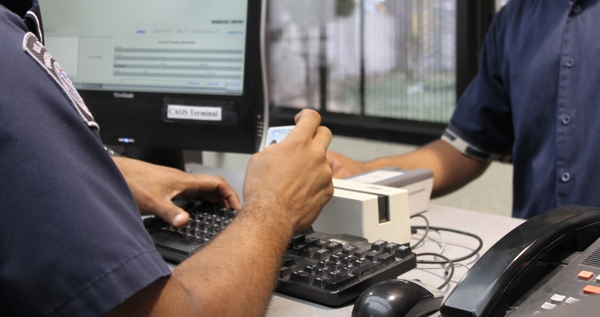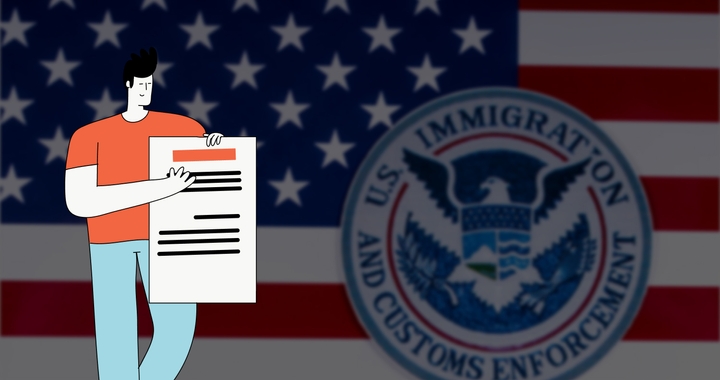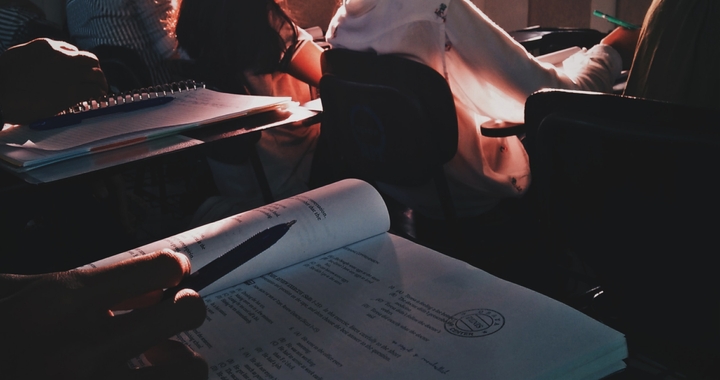Types of US customs inspections and holds

There are several types of US customs inspections and holds that can occur during international travel. In this article, we lay them all down for you so that you can go through your shipment in a breeze.
Role of US Customs and Border Protection
The US Customs and Border Protection, or CBP, is responsible for regulating international trade that goes in and out of the US. This includes collecting import duties and enforcing regulations related to trade, customs, and immigration.
US Customs and Border Protection is responsible for carrying out these types of inspections. The agency is charged with ensuring the safety and security of our nation's borders. US Customs and Border Protection also plays a key role in enforcing our country's trade laws.
The US Customs and Border Protection agency is made up of a number of different divisions. These divisions include the CBP Office of Field Operations, which is responsible for inspecting people and goods entering the US; the CBP Office of Air and Marine, which oversees air and marine operations; and the CBP Office of Intelligence and Analysis, which gathers information about potential threats to our nation's security.
Whether you’re sending your ocean freight shipment by LCL shipping or FCL shipping, US Customs may decide to hold your container for inspection either at random or because it rouses suspicions.
When this happens, the costs for the exam and any fees incurred fall under the responsibility of the shipper. It is important to know the types of US customs inspections and holds you may be subjected to.
Types of US Customs inspections holds

Manifest Hold
A manifest hold by US Customs and Border Protection is when the agency places a notice on an international shipment that it must be presented to a customs officer for inspection. The purpose of the hold is to verify the contents of the shipment against what is declared on the manifest, which is a document that lists all of the items in a shipment and their value. A manifest hold may also be placed if the agency has reason to believe that the cargo poses a threat to security or public health.
If a manifest hold is placed on your shipment, you will need to present the cargo to a customs officer for inspection. The officer will verify that the items in the shipment match what is listed on the manifest and that they are not prohibited or restricted. If everything is in order, the officer will release the cargo and it will be allowed to continue its journey. If there are any problems, the officer may seize the shipment or issue a penalty.
Manifest holds are common among international shipments, but they can also occur with domestic shipments if the agency has reason to believe that something is amiss.
CET Hold (A-TCET)
The US Customs and Border Protection (CBP) has begun to impose a new security measure called the Container Eligibility Test (CET). The CET will conduct a series of examinations on containers arriving in the US to determine their eligibility for release. Containers that do not pass the CET will be placed on hold (A-TCET) until they can be cleared by CBP.
A hold placed by the Anti-Terrorism Contraband Enforcement Team on containers that may contain illegal contraband, the main purpose of the CET is to identify and stop terrorist threats before they reach the US. It will also help to improve the safety and security of America's ports.
PGA/Commercial Enforcement Hold
The PGA (Protected Geographic Indicator) program helps protect the intellectual property rights of producers of certain agricultural products from around the world. The PGA/Commercial Enforcement Hold is a hold that Participating Government Agencies (PGAs), i.e., FDA, USDA, CPSC, and additional agencies who regulate products entering the US can place on a container to ensure that it complies with regulations.
Under the PGA program, CBP may place a hold on containers of imported goods that are suspected of containing products that are subject to PGA protection. This hold will prevent those goods from being released from CBP custody until it can be confirmed that they do not contain any PGA-protected items.
If you are importing goods that are subject to PGA protection, it is important to ensure that your goods do not contain any protected items. If you are unsure whether your goods are subject to PGA protection, you can contact the CBP office that is responsible for regulating imports of products protected by the PGA program.
Statistical Validation Hold
US Customs and Border Protection (CBP) has instituted a new policy of statistical validation for containers arriving in the US. This policy requires that a certain percentage of containers be held for further inspection in order to verify the accuracy of the data provided by the shipping company.
A Statistical Validation Hold is a hold placed on containers when the goods listed on the manifest do not match the expected weight, value, etc. The CBP is using this new policy to combat cargo smuggling and other illegal activities. In particular, the CBP is concerned about the large number of shipping containers that arrive in the US without being inspected.
The statistical validation hold will be placed on a random selection of containers. The shipping company will be notified in advance if one of its containers is selected for inspection.
Delay fees from US customs holds

If your goods are being held by US customs, you may be charged a delay fee. This fee is assessed when the goods are not released within the time frame designated by US customs. The amount of the fee varies depending on the type of goods and the length of the delay. These include row fees, demurrage fees (per day), shifting fees, and admin fees.
If you are importing goods into the US, it is important to be aware of these fees and plan for them in your budget. You may also want to contact US customs directly to ask about any specific delays that may apply to your shipment. By doing so, you can avoid unexpected costs and ensure that your goods are released as quickly as possible.
US Customs exams

When CBP tags your container for an inspection, they will conduct a customs exam to decide if they should confiscate or release the cargo.
These are the three types of customs exams and what each implicates:
1. The X-Ray Exam (VACIS exam):
The containers are scanned using an X-ray machine at the terminal. Once the photos are examined, customs authorities will either release the container or tag it for an additional exam.
2. The Tail Gate Exam:
The container is inspected at the pier. A customs officer breaks the container seal and physically inspects the shipment. If everything is determined to be correct, they will either release the container or send it for a final exam.
3. The Intensive Exam:
The entire container is taken to a Customs Exam Site (CES), where it is emptied of its contents by an authorized agent. The shipment will then be separated into parcels and boxes to prepare for a full inspection of the cargo by a customs officer.


